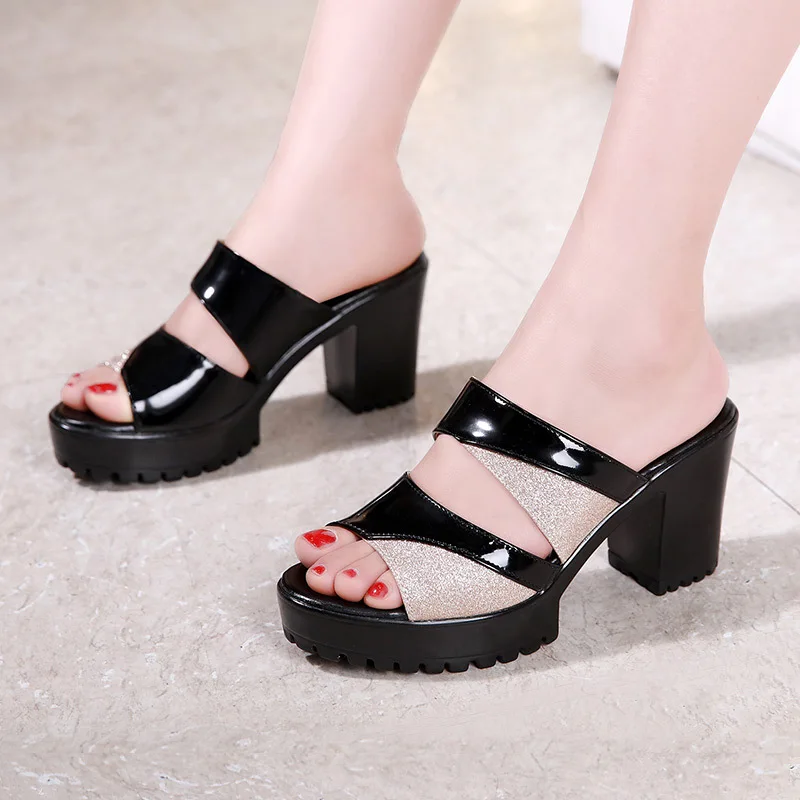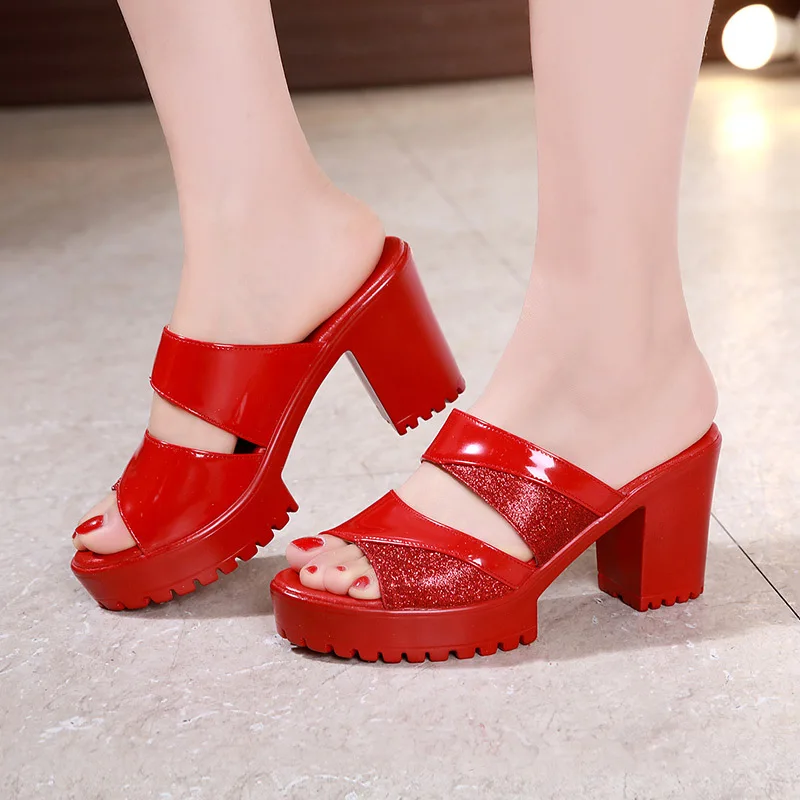Introduction
Fashion shoes serve more than just a functional purpose. They are a statement, a reflection of personal style, and an important aspect of cultural identity. Over the years, the world of fashion footwear has undergone dramatic transformations, influenced by changing societal norms, technological advancements, and cultural movements. In this article, we will explore the evolution, types, and important factors that drive the world of fashion shoes today.
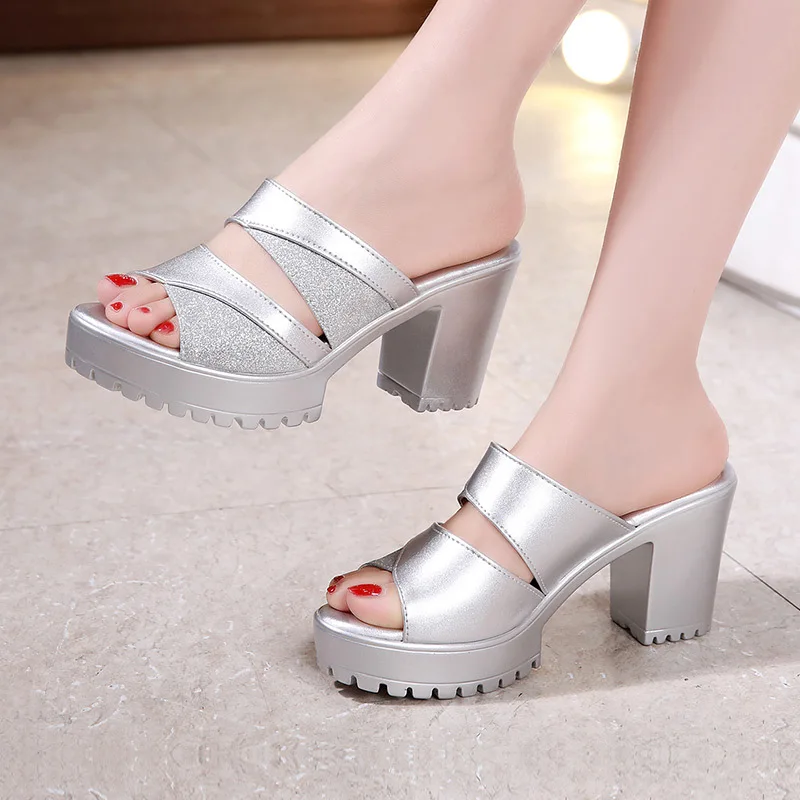
The Historical Journey of Fashion Shoes
Early Beginnings
Fashion shoes have a rich history that dates back thousands of years. The earliest known footwear emerged from various materials like leather, grass, and plant fibers. These simple forms of footwear were crafted to protect the feet from harsh terrain. The ancient Egyptians were among the first to embrace a more decorative approach to shoes, using them as symbols of status and power. They crafted sandals from papyrus and leather, often adorned with jewels or intricate designs. This early appreciation for aesthetics laid the groundwork for future innovations in shoe design.
The Influence of Culture and Society
As civilizations evolved, so did footwear. The Greeks introduced more sophisticated designs, such as the “kothorni,” a platform shoe worn by actors in theater to signify status. The Romans further innovated with their sandals, which became a staple of fashion. In the Middle Ages, shoes grew in complexity, with pointed toes and intricate laces. The nobility flaunted extravagant designs, often embellished with jewels, while commoners opted for simpler styles. This period marked a significant shift in fashion shoes, linking them closely to one’s social standing.
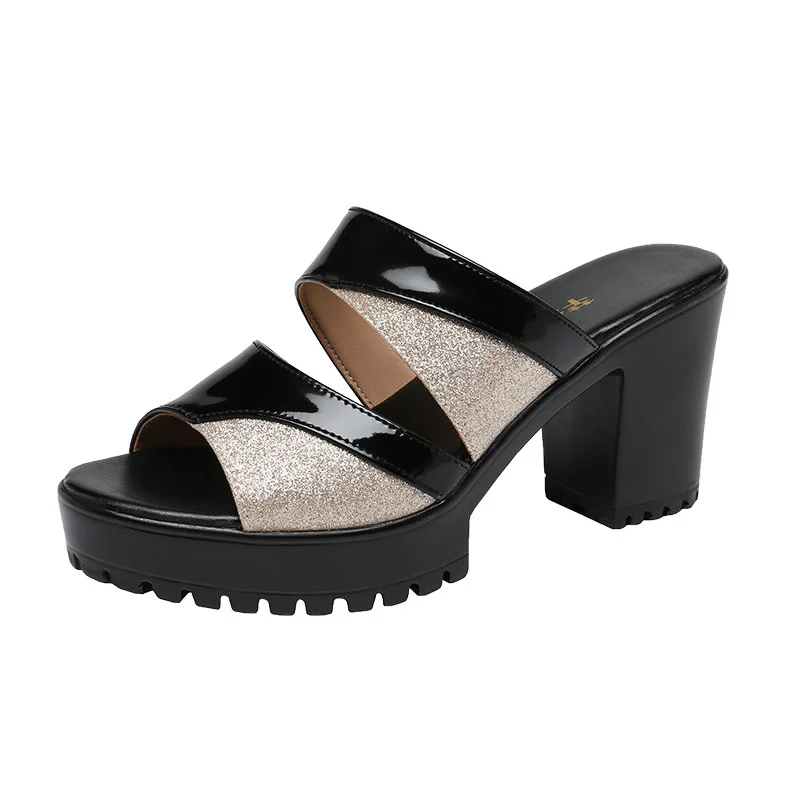
The Industrial Revolution in the 18th and 19th centuries brought about mass production, making shoes more accessible to the general population. This accessibility allowed individuals across social classes to experiment with styles and express their identities through footwear. The rise of fashion in the 20th century further propelled the evolution of shoes, leading to iconic designs like the stiletto heel and the sneaker, which have become essential components of modern fashion.
Types of Fashion Shoes
Casual Styles
Casual shoes represent comfort without sacrificing style. Sneakers, loafers, and casual boots are popular choices for everyday wear. Sneakers have become a fashion staple, with countless brands releasing limited-edition collaborations and trendy designs. The rise of athleisure has made sneakers more popular than ever. Now, they are not just for workouts; they often accompany various outfits, from jeans to dresses.
Loafers are another versatile option. Their sleek design makes them suitable for both casual and semi-formal occasions. People enjoy wearing loafers because they slip on easily and provide comfort throughout the day. Various materials and colors allow people to express their personality through their footwear choices.
Casual boots, like Chelsea and ankle boots, are also on-trend. These styles provide a perfect blend of fashion and function. They offer support and warmth while making a strong fashion statement. Casual shoes are ideal for those who seek comfort but do not want to compromise on style.
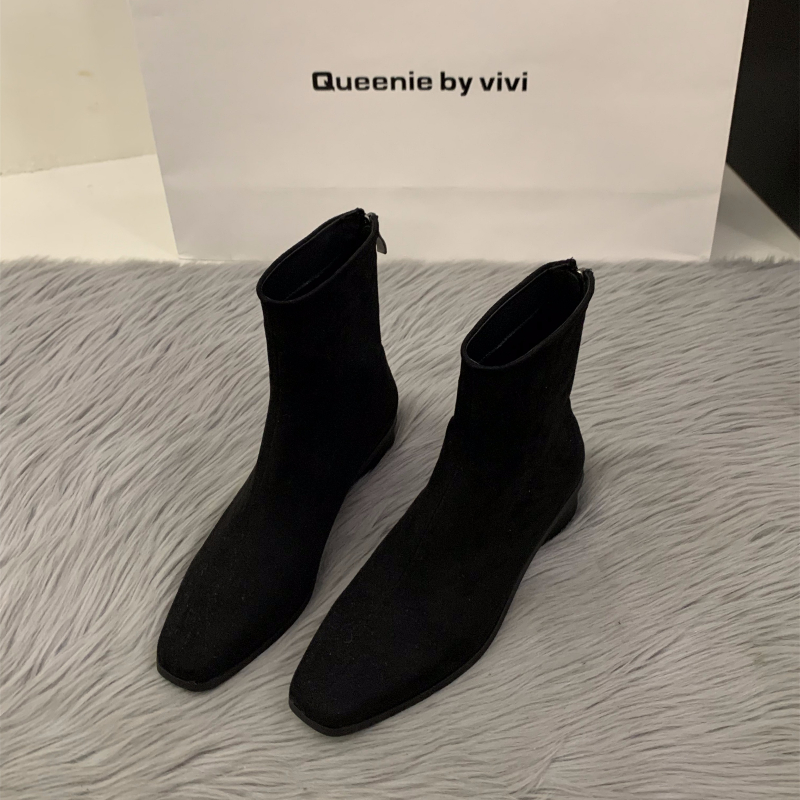
Formal Styles
Formal shoes are essential for professional settings, weddings, and other upscale events. They often convey sophistication and elegance. Oxfords, brogues, and pumps belong to this category. Oxfords are classic dress shoes that men frequently wear. They feature closed lacing and an understated design, making them suitable for suits and business casual outfits.
Brogues are known for their decorative perforations. Their stylish yet classic appearance makes them a popular choice for both men and women. They can dress up or down depending on the outfit. They also exemplify how traditional styles can adapt to modern trends.
Pumps are the go-to option for women attending formal events. They come in various heights and designs, allowing wearers to choose a pair that fits their style and comfort level. A classic black pump can elevate any outfit and exude confidence. Formal shoes often represent a blend of tradition and modernity.
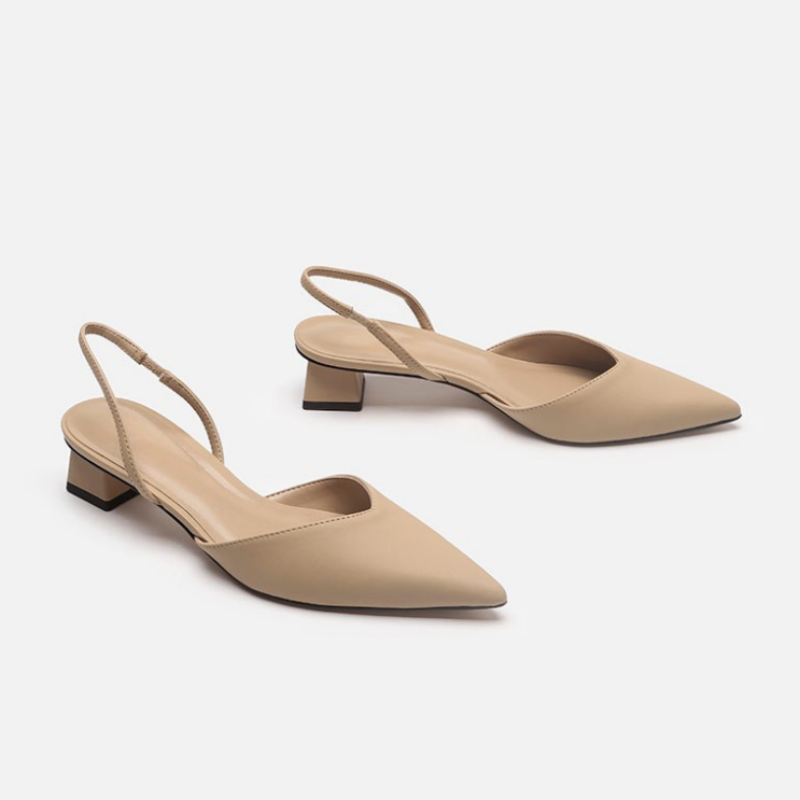
The Importance of Comfort in Fashion Shoes
Balancing Style and Comfort
In today’s fashion landscape, comfort has become a crucial factor in shoe design. People increasingly prioritize comfort without sacrificing style. Designers are taking this into account by incorporating softer materials, arch support, and cushioning into their footwear. This shift showcases an understanding that consumers desire shoes that feel good while looking great.
Many modern brands focus on creating fashionable shoes with comfort features. For example, some sneakers have gel-infused insoles for added support. Others use breathable materials to ensure feet stay cool. These innovations allow individuals to wear trendy styles without discomfort.
The Impact of the Pandemic on Footwear Choices
The COVID-19 pandemic changed many aspects of lives, including how we approach fashion. With remote work and casual lifestyles becoming the norm, people opted for comfort. This trend influenced shoe choices. Sneakers and slippers became staples in the wardrobe, as people preferred easy-to-wear footwear.
The shift towards comfort has led to a boom in the athleisure market. Brands expanded their selections to include stylish yet comfortable options. This evolution shows a significant shift in the industry: consumers want fashionable shoes that accommodate their everyday lives. This balance between style and comfort is vital for contemporary fashion footwear.
The Role of Innovation in Fashion Shoes
Technology and Smart Features
Innovation plays a major role in today’s fashion footwear. Technology has entered the realm of footwear design, bringing new features that enhance the wearer’s experience. Brands are exploring smart shoes equipped with sensors that track various metrics, such as steps taken or calories burned. This development merges function with fashion, catering to the tech-savvy consumer.
Moreover, 3D printing technology has revolutionized how shoes are produced. Now, designers can create unique, customizable shoes that match individual preferences. This level of personalization allows customers to express their unique styles. As technology continues to evolve, footwear designs will likely become even more innovative.
Sustainable Practices
Sustainability has become a buzzword in the fashion industry, and footwear is no exception. Consumers are increasingly aware of the environmental impact of fashion choices. As a result, many brands have adopted sustainable practices in their production processes. Eco-friendly materials, such as recycled plastic and organic cotton, are gaining popularity in shoe manufacturing.
Sustainable practices also include ethical labor practices. Brands are now more transparent about their supply chains, ensuring fair wages and safe working conditions for workers. This shift towards sustainability reflects a broader movement within the fashion industry, where consumers demand more responsible production methods and greater transparency.
The Cultural Impact of Fashion Shoes
Shoes as a Cultural Symbol
Fashion shoes often carry cultural significance and can symbolize various social movements. From the iconic Converse Chuck Taylor All-Stars to the elegant Manolo Blahnik heels, each design tells a story. In many different eras, shoes have emerged as symbols of rebellion, empowerment, and identity. For example, the introduction of the platform shoe during the 1970s represented a break from traditional fashion norms and embraced a more daring and liberated spirit.
Cultural icons have also played a pivotal role in elevating certain styles. Celebrities and musicians often influence trends, shifting public interest toward specific footwear. For instance, athletes have significantly impacted sneaker culture through endorsements and collaborations. Their influence showcases the intersection of fashion, sports, and lifestyle.
The Evolving Landscape of Footwear Campaigns
Marketing campaigns for fashion shoes have evolved with new media. Social media has transformed how brands connect with consumers. Platforms like Instagram and TikTok allow for visually-driven storytelling, making it easier for people to engage with the latest trends. Influencers often showcase various shoe styles, leading to rapid shifts in consumer preferences.
Moreover, brands are recognizing the need for inclusivity in their campaigns. They feature diverse models of all backgrounds, sizes, and identities. This approach reflects the reality of modern society. It allows consumers to see themselves represented in marketing efforts, ultimately forging deeper connections with brands.
Fashion Shoes and Personal Expression
Shoes as a Form of Self-Expression
Fashion shoes act as a powerful form of self-expression. The choice of footwear can significantly affect how individuals perceive themselves and how others perceive them. Fashion enthusiasts often curate their outfits to highlight particular styles, such as vintage or contemporary pieces. Their shoe choices play a remarkable role in this process.
By selecting specific styles, colors, and brands, individuals convey their unique personalities and tastes. A person may choose bold, colorful shoes to make a statement or opt for minimalist designs for a more understated look. This connection between footwear and personal identity speaks volumes about the emotional power shoes hold.
The Future of Fashion Shoes
As we move forward, fashion shoes will likely continue to evolve alongside societal changes. Trends that prioritize comfort, sustainability, and individuality will shape future designs. We can expect to see an increase in innovative technologies, such as smart shoes and advanced materials.
Moreover, as the fashion industry becomes more conscious of its environmental impact, brands will likely adopt more sustainable approaches. Consumers will influence this shift as they demand responsible practices and ethical productions. Fashion shoes will continue to adapt to meet new challenges and desires, solidifying their place in modern culture.
Conclusion
Fashion shoes encompass more than mere practicality; they are powerful tools for self-expression, cultural identity, and innovation. Throughout history, from ancient times to contemporary trends, footwear has evolved, reflecting societal changes and technological advancements. The balance between comfort and style remains a crucial aspect of modern designs.
As we look to the future, the importance of inclusivity and sustainability will guide the direction of fashion footwear. Consumers will continue to drive change within the industry, promoting responsible practices and innovative designs. Shoes will always remain an essential part of personal style, allowing individuals to express their identities in unique and meaningful ways.
